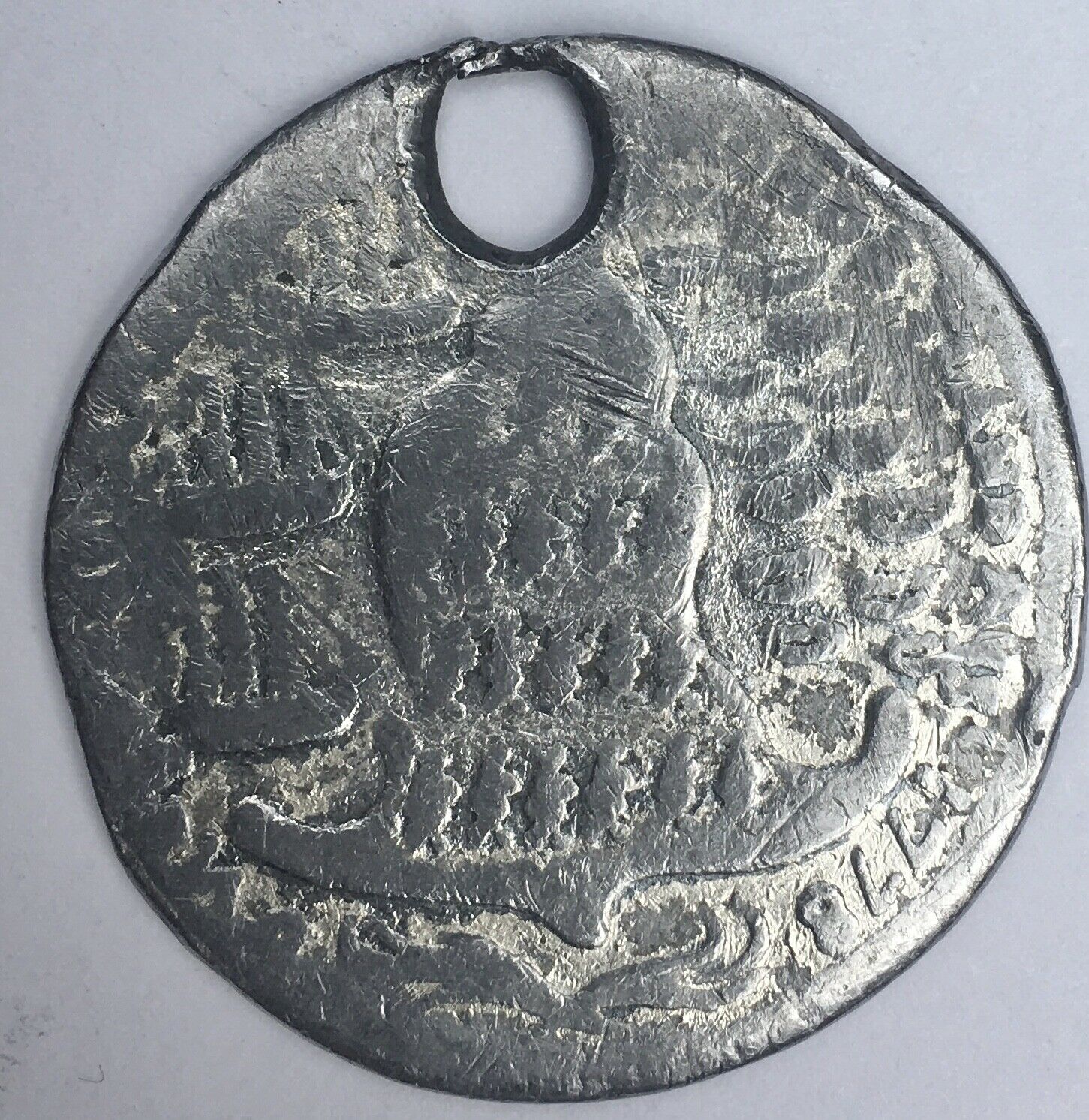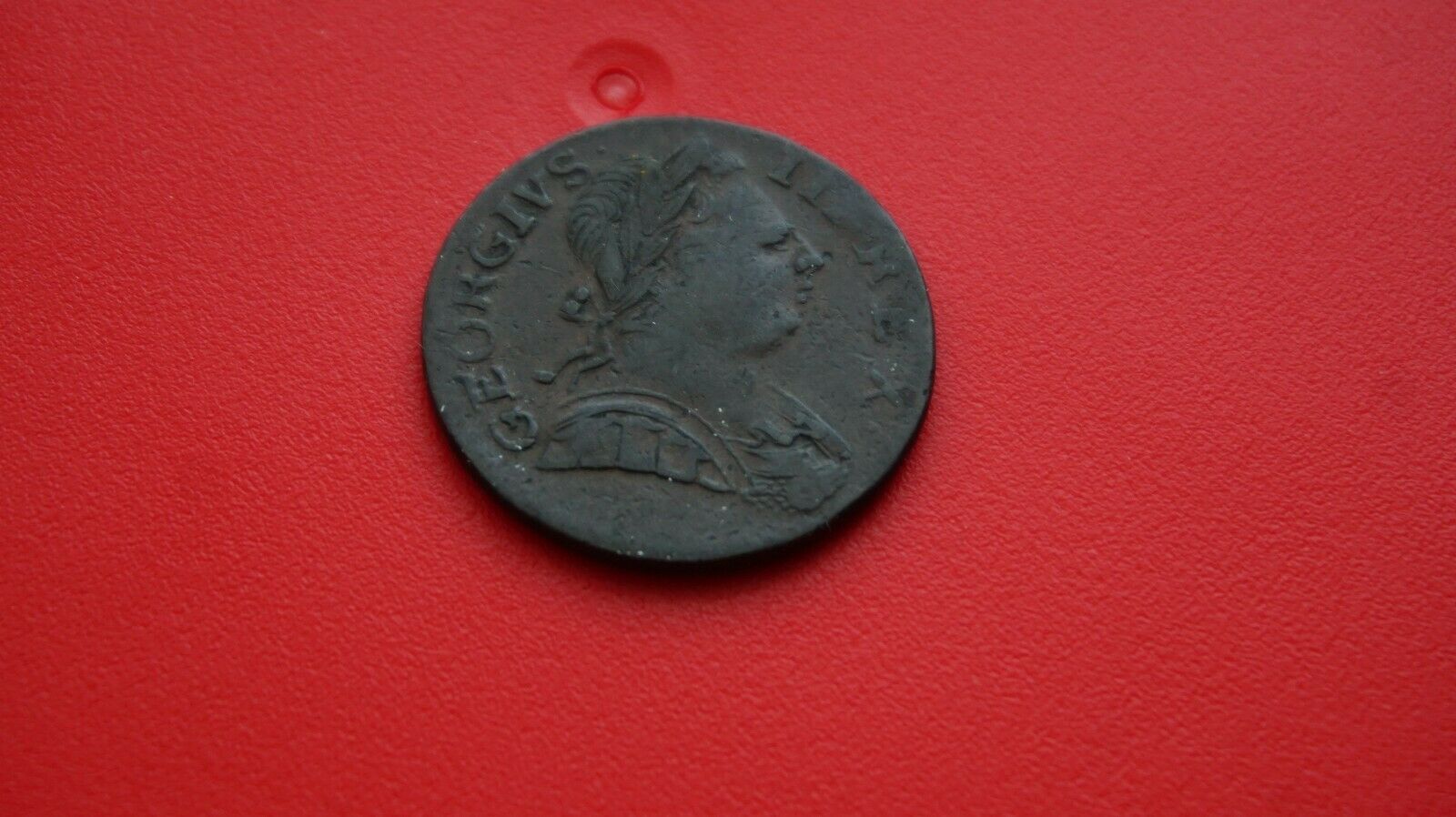-40%
1779 Rhode Island Ship Medal Pewter U.S. Colonial Coin Rare
$ 528
- Description
- Size Guide
Description
Early American token, depicting Conanicut Island with rows of American and French soldiers fleeing towards small boats offshore while Admiral Howe with his three menacing triple masted ships lie just offshore.The tokens were minted in England in 1779 and distributed throughout the Netherlands in an attempt to diminish the Dutch sympathies for the American cause. The propaganda was not successful as the Dutch joined the League on December 20, 1780.The token has been converted to a pendant with a pierced hole. Although made in England, the legends on the token are in Dutch. Originally the engraver mistakenly included the word "vlugtende" (fleeing) on the obverse of the coin under the flagship. Clearly this was meant to be on the reverse of the token which depicts the fleeing Continental troops. This error was soon discovered and had to be remedied, as one could easily interpret the obverse to mean the Admiral's flagship was fleeing! The obverse die was recut so that a wreath design replaced the offending word under the flagship. Also, the word "vlugtende" was scrapped off the remaining undistributed stock of the token that already been made.
These tokens were made of brass with a few examples know in pewter. Pewter examples survive for the variety with with vlugente erased but no wreath and for the variety with the wreath. Often Rhode Island Ship tokens are found in circulated condition, suggesting they were used as coins rather than kept as commemorative medals.












